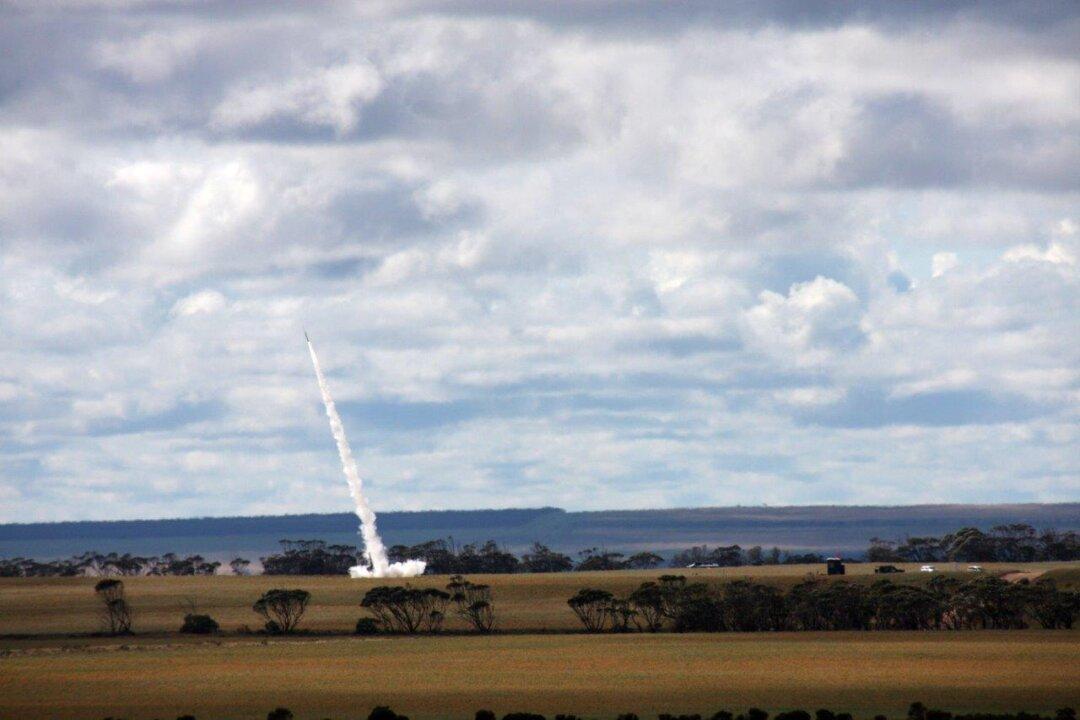The first commercial rocket was launched from Australia to the edge of space on Saturday carrying a payload that will aid in the country’s space and defence efforts.
The DART rocket payload deployed a prototype radio frequency receiver unit designed for the Royal Australian Air Force (Air Force) at 100 kilometres above the Earth’s surface.





